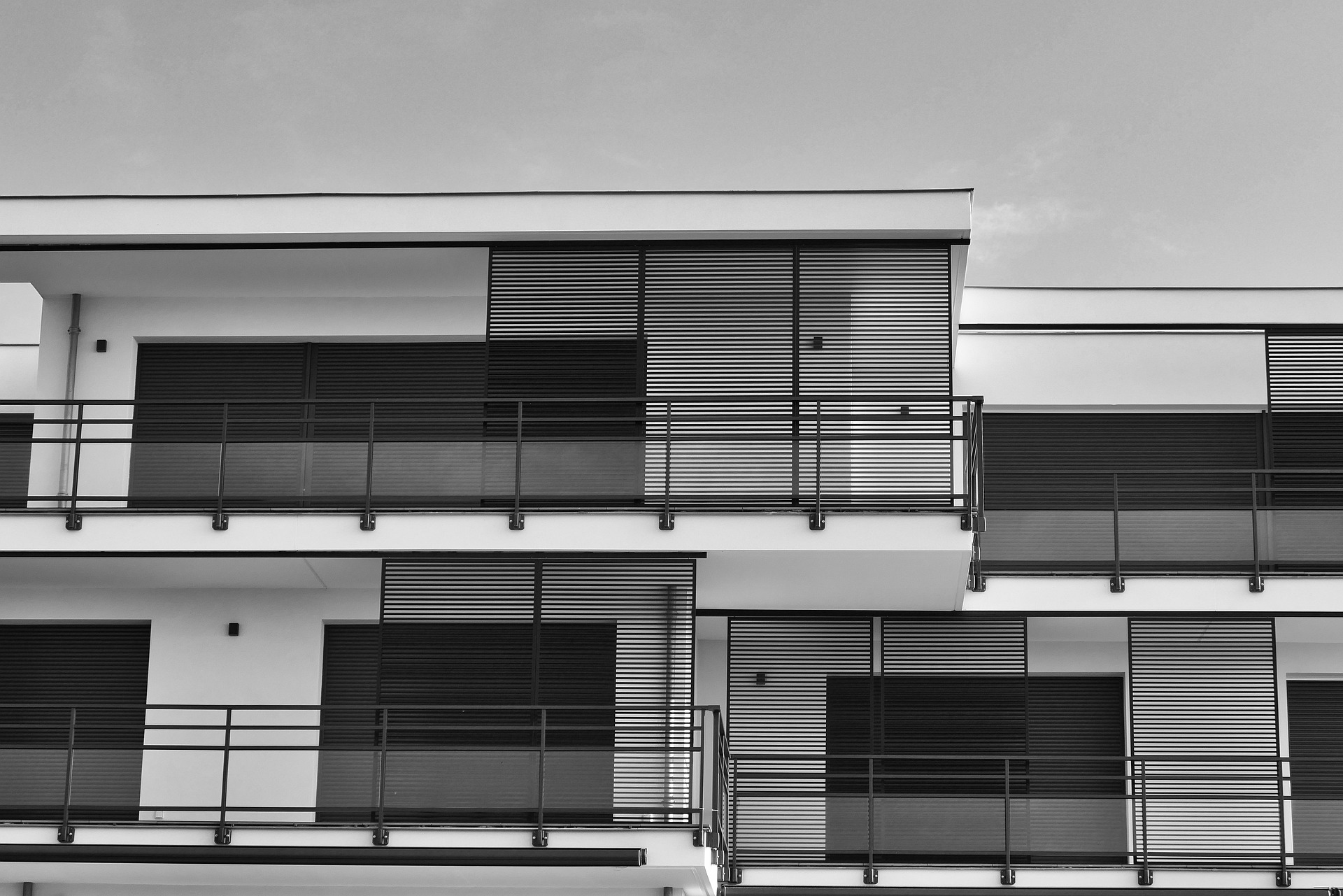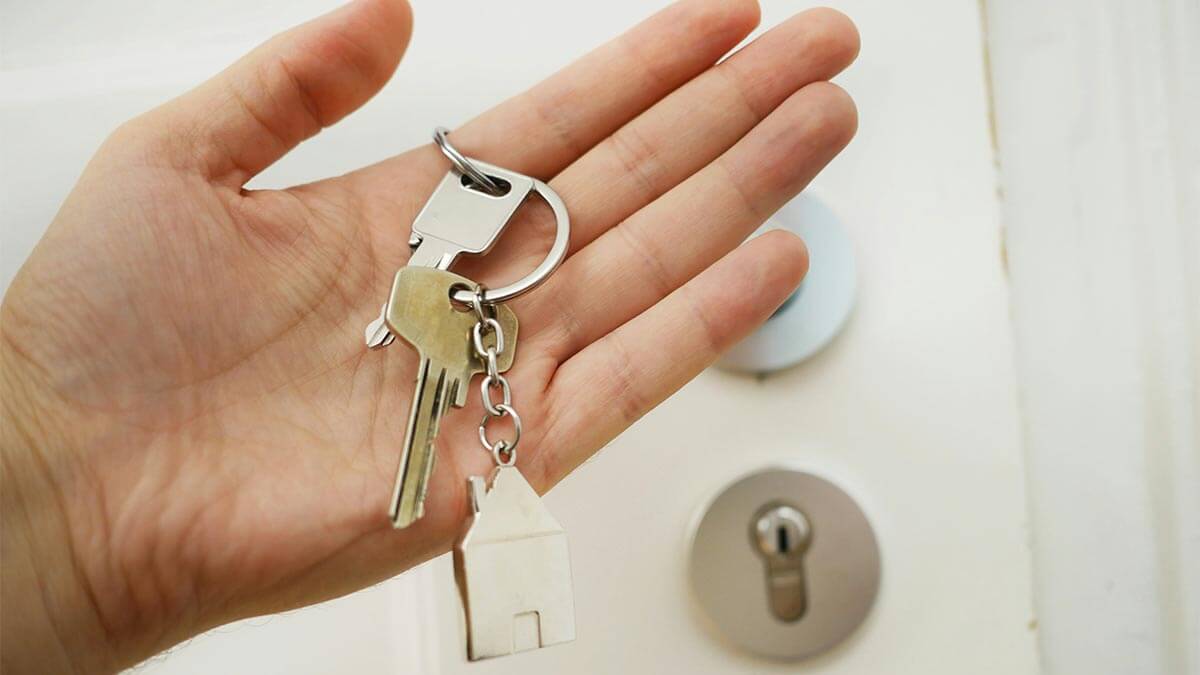
Commercial buildings have featured flat tops for years, and the trend is catching up with residential houses. Flat roofs are just as the name suggests. They are flat with little inclination to ensure it doesn’t collect water.
If you plan on installing a flat roof on your commercial building but are unsure if it is the right option, this guide highlights some pros and cons you will want to consider when making that choice.
Advantages
They Are Cheaper, and Faster To Install When investing, time and money are the most critical resources, and installing a flat roof on your commercial ensures you save both. The main reason flat roofs are cheaper is that they use less material.
Also, the installation process is less risky, meaning you will pay less. The less risky process also means that workers will be done building the roof in a fraction of the time required to create a pitched roof. Cost-saving roofing becomes more significant when you have several commercial roofing projects to handle, or your roof is expansive.
Versatility
After installing a pitched roof, there is very little you can do on top of it. Flat rooftops, on the other hand, are very versatile. You can use them for almost any purpose as long as you have built them to the right standard.
You can turn the roof into a garden where tenants can go to unwind. These roofs also offer a perfect platform for installing appliances such as air conditioners, solar panels, water tanks, and other things you may want to have.
More Accessible
If you are the type of person that loves having access to every part of your property, a flat roof will be the best option for you due to ease of accessibility.
Having an accessible roof ensures you can inspect everything rather than depend on others to tell you the condition of your building. The same cannot be said of a pitched roof that requires the right skills and gear to access.
Disadvantages
Drainage Problems
Pitched roofs are great at draining water fast due to their sloppy inclination and can rarely have drainage problems. On the other hand, flat roofs are almost flat. This means that a slight design error could result in puddling and consequently compromise the integrity of your roof.
The best protection against drainage problems is working with roofers with experience building flat roofs. The problems become even more pronounced in winter if you live in a temperate zone due to snow build-up. You can address the problem of snow build-up by ensuring that you shovel snow regularly.
Low Durability
The second disadvantage of flat roofs for commercial buildings is less durability compared to pitched roofs. On average, materials used to build flat roofs last approximately 15 to 20 years, after which you may need to replace them.
But you can extend the life of your roof by using materials such as polyurethane liquid, polycarbonate materials, GRP fiberglass, and EPDM rolled rubber. Some of these materials may be slightly expensive, but they are worth considering if saving cost is not the only factor in choosing a flat roof.
Less Stylish If you love designs, you may not have as many options with a flat roof as you would with a pitched roof. This limitation in styling options is often cited as the main downside for flat roofs among property owners.
But it is still possible to achieve some pretty stylish designs when working with an experienced roofer. However, the options cannot be as close to what you can get with a pitched roof.
Final Words
Before settling for a flat roof for your commercial building, it’s important to consider some of the most important pros and cons highlighted above while comparing them to the alternative. Also, it is also important to get your contractor’s or engineer’s opinions to be on the safe side.






























